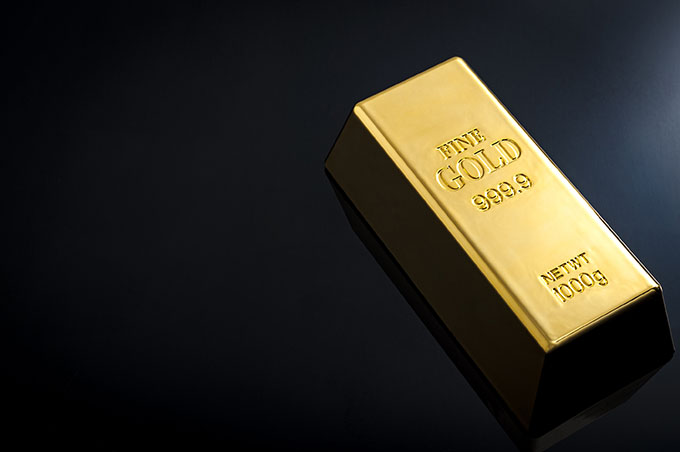Gold prices fell to $2,021 per ounce this week as the US dollar strengthened and anticipation built around US inflation data. The possibility of Federal Reserve rate cuts and the market reaction hinge on the Consumer Price Index (CPI) report. The downtrend in gold may only reverse if it breaches support levels at $2,000 and $1,985 per ounce, with geopolitical tensions and central bank purchases influencing its direction.
The momentum in gold selling this week has been attributed to the US dollar’s gain following stronger-than-expected employment figures. The market’s focus is on the US government’s release of its latest monthly update on consumer inflation, as the potential for a sharp cut in US interest rates and a decline in US Treasury yields have sparked investment optimism.
Economists are expecting an inflation rate of 3.2% in December from a year earlier, which would be a slight acceleration from the November rate of 3.1%. However, underlying inflation trends are expected to continue to slow, which has led the Federal Reserve to consider cutting interest rates three times in 2024 in response.
The possibility of interest rate cuts has seen stock markets rise, with Tokyo’s Nikkei 225 index reaching its highest level since March 1990. However, other indicators across Asia and European markets have been mixed. In the cryptocurrency market, Bitcoin fell after a significant rise, while the hope of US regulators allowing exchange-traded funds containing actual bitcoins has excited investors.
Technical analysis of the gold price indicates that despite a recent downtrend channel forming, a true trend reversal will not occur without moving towards support levels of $2,000 and $1,985 per ounce. The direction of the gold market may be contingent on the strength of the US inflation figures.
Overall, buying gold at falling levels may still be preferable, as it gains strength from geopolitical tensions and the increase in central bank purchases for hedging purposes.
Additional insight: The US inflation figures and the potential for shifts in Federal Reserve interest rate policy are key factors that may influence the direction of gold prices. Additionally, the impact of global geopolitical tensions and central bank gold purchases on the market provides an ongoing dynamic that requires consideration for investors.









